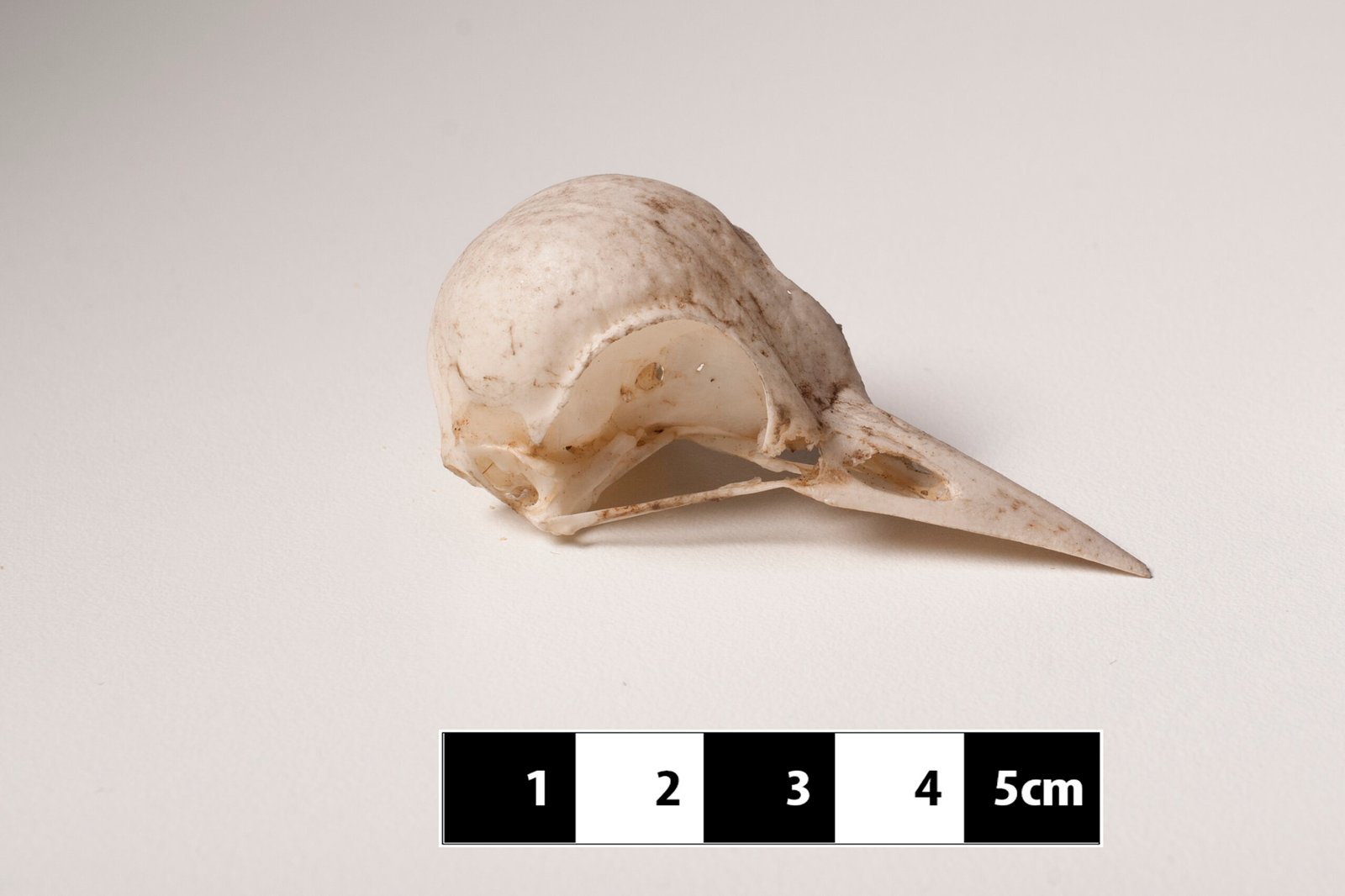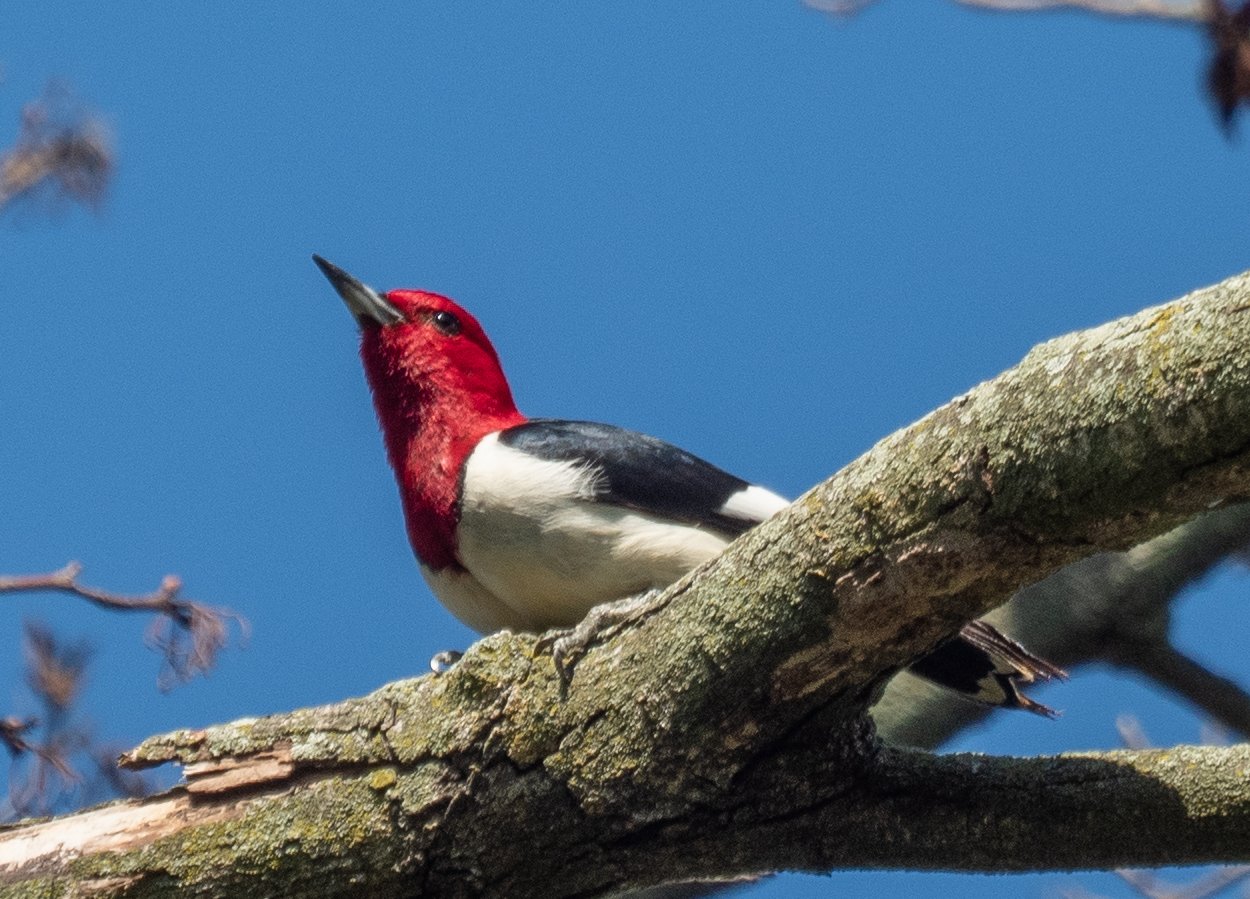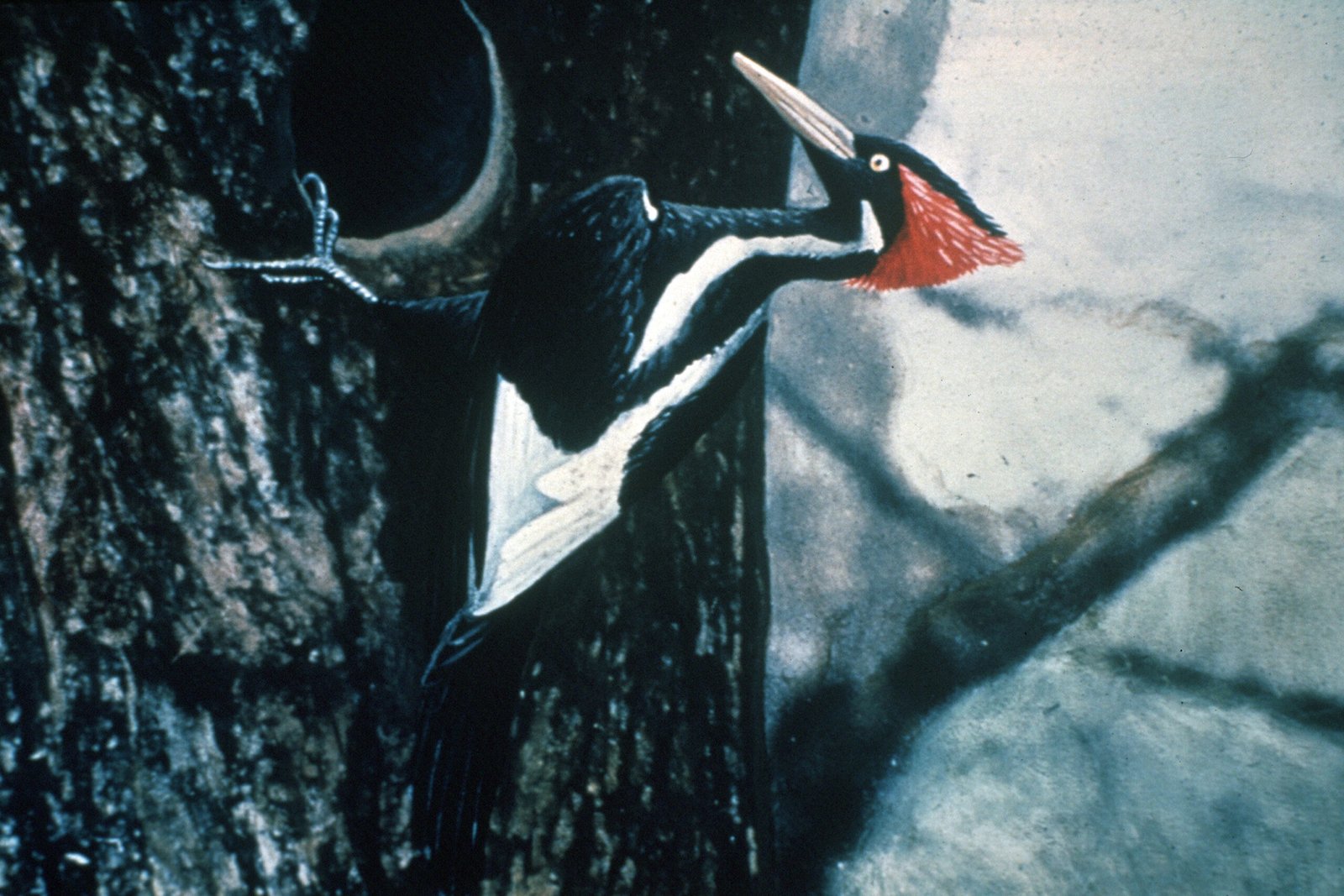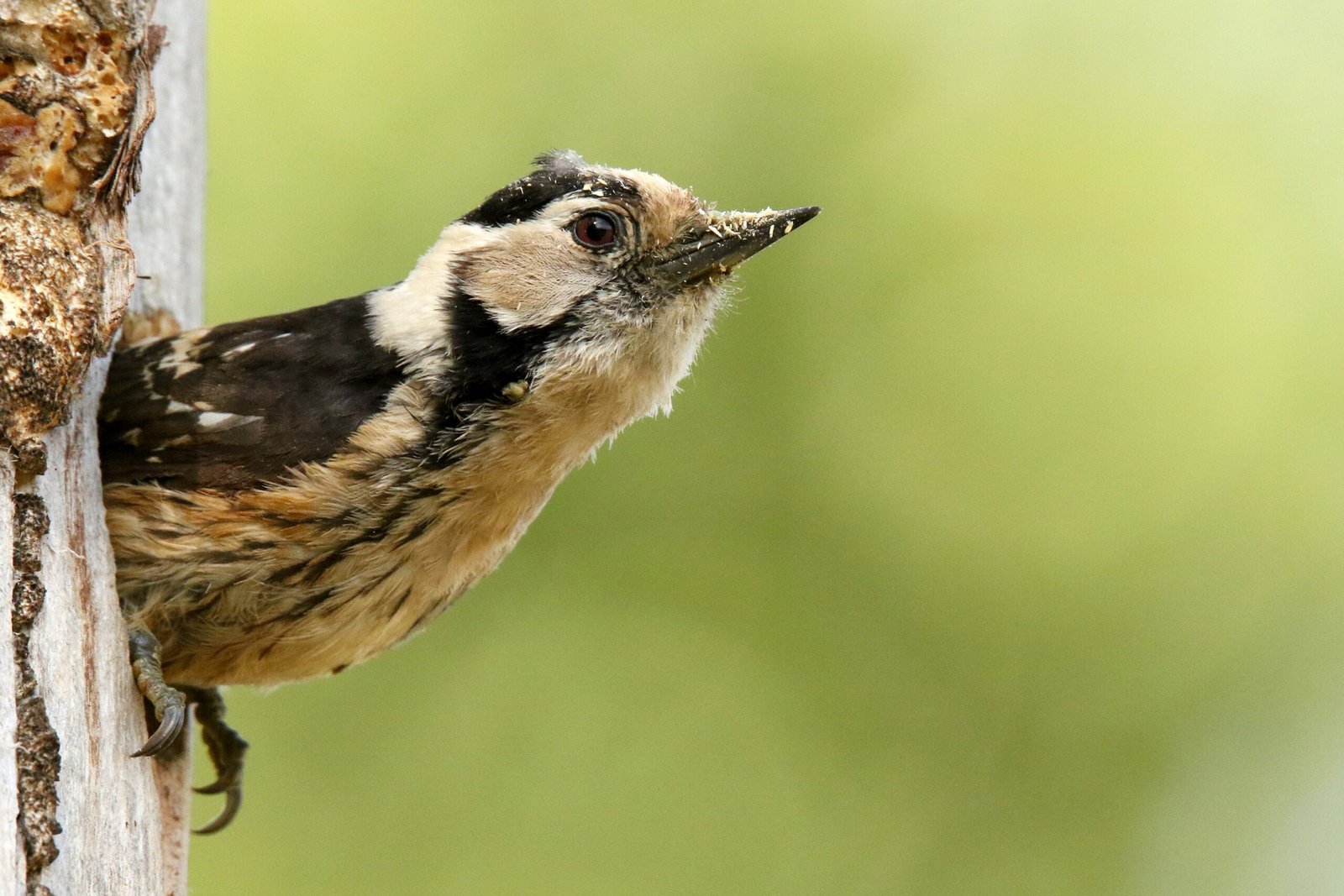Imagine slamming your head into a tree trunk at full speed, again and again, for hours every day. The thought alone makes most people wince, anticipating the throbbing pain and damage that would surely follow. Yet, for woodpeckers, this relentless hammering is just part of daily life. These birds can strike wood at speeds of up to 20 times per second, enduring forces that would leave most creatures dazed or worse. So, how do woodpeckers manage this extraordinary feat without suffering brain injuries? Their secret is a fascinating blend of nature’s engineering and evolutionary genius, a story that reveals the astounding adaptability of life.
The High-Impact World of Woodpeckers
Woodpeckers are the drummers of the forest, pecking into tree bark with such vigor that the sound echoes for miles. What’s truly shocking is the sheer force involved. Each peck subjects a woodpecker’s head to decelerations of up to 1,200 times the force of gravity—far more than what would cause a concussion in humans. This level of impact would instantly injure most animals, yet woodpeckers show no signs of dizziness or trauma. Watching a woodpecker at work is like witnessing a living paradox, one that defies common expectations about the limits of biology.
Specialized Skull Structure

The architecture of a woodpecker’s skull is nothing short of remarkable. Unlike the rigid, fragile skulls of many animals, the woodpecker’s skull is both strong and slightly flexible. Its bones are spongy and filled with tiny air pockets, which help absorb and distribute the shock of repeated impacts. This unique structure acts much like a built-in helmet, cushioning the brain from jarring movements. The beak and skull work together as a shock-absorbing system, with the upper and lower parts of the beak slightly uneven to help dissipate force. It’s a design so efficient that engineers have studied it to improve safety helmets and car bumpers.
The Brain’s Unique Positioning

One of the most ingenious adaptations is the way the woodpecker’s brain is situated inside the skull. Unlike ours, their brains are packed tightly and oriented so that the forces from pecking are spread out evenly. This minimizes the “sloshing” effect—a common cause of concussions in humans when the brain bounces against the skull. The woodpecker’s brain is also relatively small and smooth, reducing the risk of injury even further. It’s as if nature has given them a custom-fitted seatbelt for their most vital organ.
Shock-Absorbing Beak
The woodpecker’s beak is a marvel of evolutionary design. It’s long, pointed, and incredibly tough, but it’s also slightly elastic at the base. This flexibility allows the beak to absorb some of the energy from each strike, acting as a buffer before the force reaches the skull. Additionally, the upper and lower parts of the beak are structured so that they don’t transfer all the energy directly backward. Instead, some of the force is redirected downward or outward, further reducing the risk of brain injury. This clever adaptation keeps the woodpecker pecking without pause.
Specialized Hyoid Bone: Nature’s Safety Harness

Hidden beneath the surface, the hyoid bone is one of the woodpecker’s most astonishing features. This bone wraps all the way around the skull, functioning like a natural seatbelt. When the woodpecker strikes wood, the hyoid bone stretches and absorbs some of the shock, preventing it from reaching the brain. It’s a solution so elegant that it seems almost futuristic, yet it evolved naturally over millions of years. Imagine wearing a harness every time you bumped your head—woodpeckers have this built-in from birth.
Minimal Movement: Keeping the Brain Steady

Another crucial factor is how little the woodpecker’s brain moves inside its head. Thanks to the tight packing and skull structure, the brain hardly shifts at all during pecking. This is the opposite of what happens in a human concussion, where rapid acceleration and deceleration cause the brain to collide with the inside of the skull. For woodpeckers, this stability means that even after thousands of pecks, their brains remain safe and sound. It’s like being strapped firmly into a race car, with no risk of bumping around during a sharp turn.
Efficient Energy Dissipation
Every peck produces a burst of energy that needs to go somewhere. Woodpeckers are experts at channeling this energy away from vital areas. Some of the force is absorbed by their beak and skull, some by the hyoid bone, and the rest is dissipated through their body and into the tree. This multi-layered defense system ensures that no single part absorbs too much shock. It’s a bit like a building designed to withstand earthquakes—every structure and surface works together to spread out the impact.
Evolution’s Role in Concussion Resistance
Over millions of years, only the most resilient woodpeckers survived to pass on their genes. This relentless pressure shaped their anatomy into the perfect concussion-resistant design we see today. Evolution didn’t just make woodpeckers stronger; it made them smarter in how they manage impact. Their success is a testament to nature’s power to innovate and adapt, and it offers a window into how living things can overcome seemingly impossible challenges.
What Happens If Something Goes Wrong?

While woodpeckers are incredibly well-adapted, they’re not invincible. Rarely, injuries do occur—particularly if a bird is sick, old, or pecking at especially hard surfaces. However, such incidents are the exception, not the rule. Most woodpeckers live long, healthy lives, pecking thousands of times a day without any signs of brain damage. Their resilience inspires awe and reminds us just how finely tuned their bodies are for this unique lifestyle.
Inspiration for Human Technology
The incredible adaptations of woodpeckers haven’t gone unnoticed by humans. Scientists and engineers have studied these birds to design better helmets for athletes and safer cars for drivers. The shock-absorbing mechanisms in woodpeckers have inspired innovations in everything from protective gear to electronics packaging. As we look to nature for solutions to modern problems, the woodpecker stands out as a symbol of resilience and ingenuity.
The Ongoing Mystery and Wonder

Despite all we know, woodpeckers still hold many secrets. Researchers continue to study their anatomy, hoping to unlock even more of nature’s protective tricks. Each discovery not only deepens our appreciation for these remarkable birds but also sparks new ideas for keeping ourselves safe. The more we learn, the more we realize just how much we can gain by paying attention to the natural world.
Woodpeckers challenge our assumptions about what’s possible, turning what should be a recipe for disaster into a triumph of adaptation. Their story is a reminder that the wonders of nature are often hidden in plain sight, waiting for us to notice.



